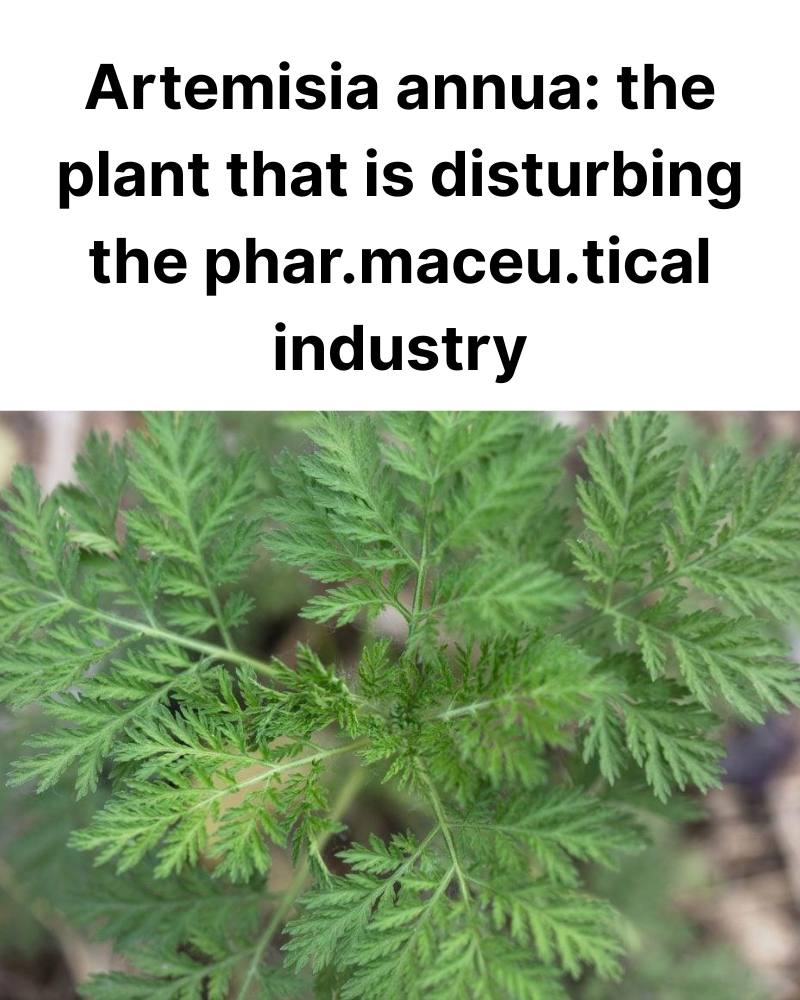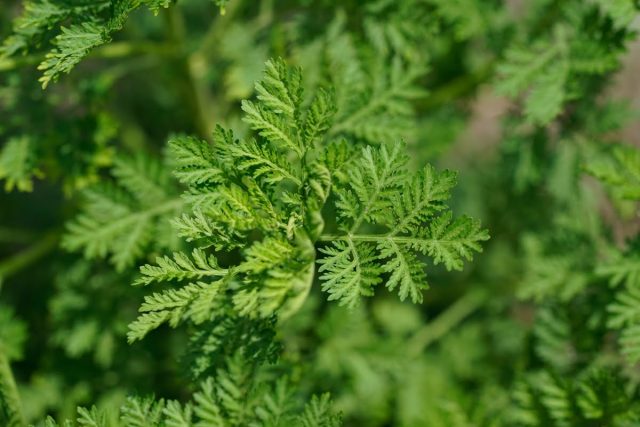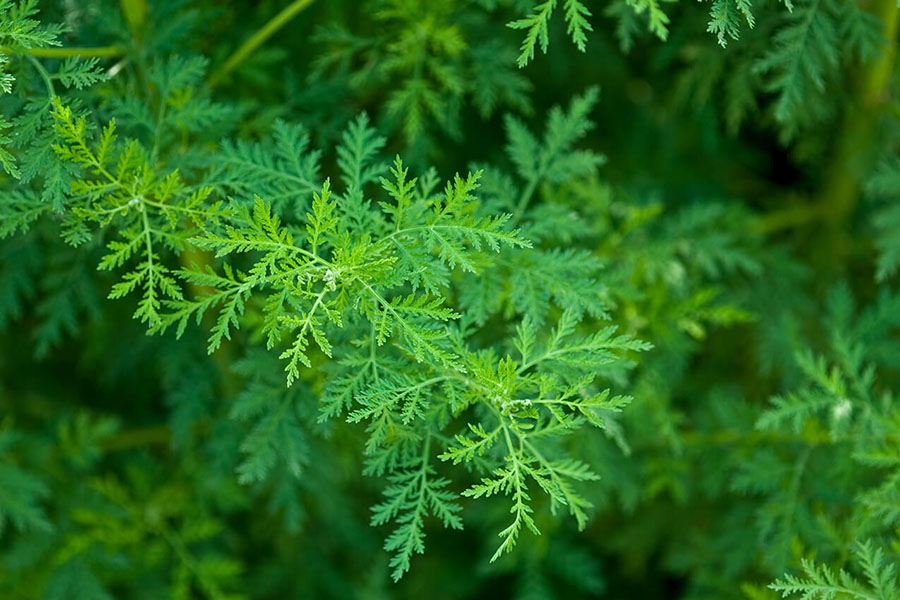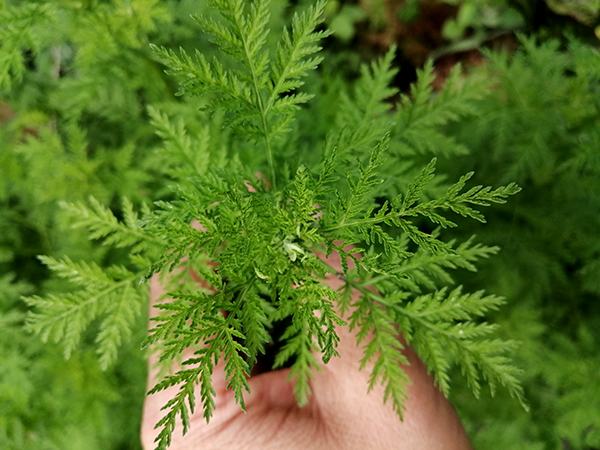
A Mythical and Medicinal Legacy
Often wrapped in mystery, Artemisia annua captivates as much with its ancient heritage as with its healing properties. Its name evokes the goddess Artemis—a protector of wild nature and women, a timeless symbol of healing, independence, and herbal wisdom. Since antiquity, this plant has been credited with powerful and enigmatic benefits, rooted in traditions where medicine, magic, and spirituality were deeply intertwined.
A Plant with Many Powers
More than just a simple herb, Artemisia annua—also known as the “Green Fairy” or sweet wormwood—has earned a prominent place as a natural remedy in many cultures. It’s renowned for its antiparasitic, digestive, antifungal, wound-healing, antioxidant, anti-inflammatory, and even anticancer properties. Its high concentration of active compounds, particularly artemisinin, has drawn significant scientific interest—especially for its effects against malaria and certain forms of cancer.

From Tradition to Resistance
For centuries, traditional Chinese and African medicine have relied on Artemisia annua to treat fever, infections, and parasites. Despite this long-standing record of effectiveness, the plant is still banned or pushed to the sidelines by health authorities in several countries—in favor of expensive pharmaceutical treatments that aren’t always effective. This resistance is partly due to pressure from large pharmaceutical companies, for whom a natural, low-cost, and hard-to-patent remedy poses an obvious financial threat.
The Fight Against Malaria: A Vital Mission
Malaria continues to be a global scourge, primarily affecting the most vulnerable populations in Africa and Asia. As synthetic drugs become less effective, Artemisia annua is re-emerging as a credible alternative. Recent history highlights the work of Chinese researcher Tu Youyou, who isolated artemisinin as part of a large-scale research project—bringing new hope in the fight against this disease. Today, organizations like La Maison de l’Artemisia are working to spread cultivation and use of the plant in high-risk areas, despite ongoing institutional resistance.

Beyond Malaria: A Plant for the Future
Research doesn’t stop at malaria. Both laboratory and real-world studies suggest Artemisia annua may also help in managing certain cancers. Encouraging results have shown significant tumor size reduction, thanks to the combined action of several natural compounds found in the plant. Its high polyphenol content also gives it antioxidant qualities that may help protect the cardiovascular system.
Empowerment Through Knowledge and Action
Supporting Artemisia annua is more than promoting a plant—it’s a stand for medical self-sufficiency and community empowerment in a world where healthcare is too often driven by profit. Through grassroots initiatives, seeds are being distributed freely, and Artemisia centers are springing up across Africa, helping entire communities take back control of their health in a simple, effective, and independent way.

Conclusion
A powerful symbol of natural and universal healing, Artemisia annua stands today as a form of resistance against a commodified healthcare system. It reminds us that the most potent remedies are sometimes growing right in our gardens—far from sterile labs and profit-driven agendas.